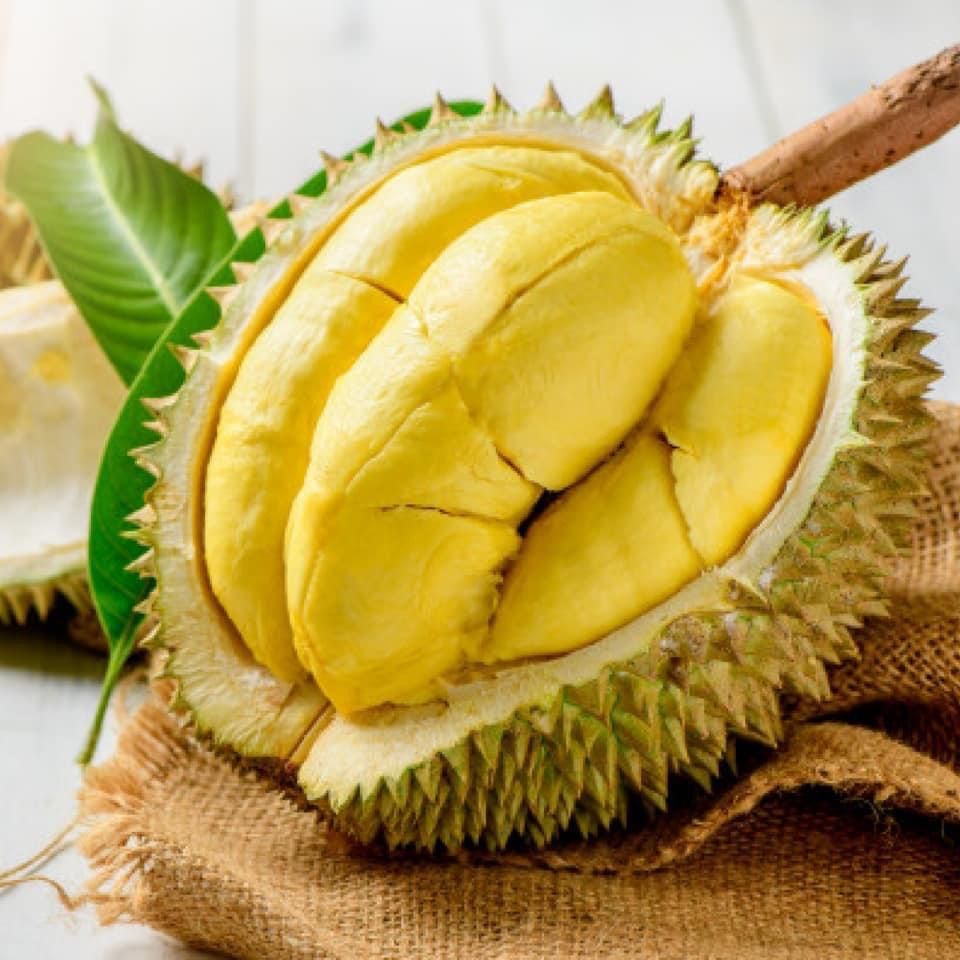After 1 month back the article "King of fruits strongly penetrates the Chinese Market". In the previous part, King Elong introduced to everyone a fruit known as the "king" - Durian, along with the benefits it brings and the way to penetrate the "billions of people" market. In this part, we will learn about the more severe aspect - a race to export durian to the Chinese market among Southeast Asian countries.
As a very popular fruit in China, durian is one of the three fruits with the highest import value, along with bananas and cherries. According to Produce Report, in 2022 China spent about 14.6 billion USD on fruit imports, an increase of 8% compared to 2021, including durian imports accounting for nearly 30%, equivalent to 4 billion USD. Thailand is currently the largest durian supplier to the Chinese market with 3.85 billion USD, accounting for about 96% of import turnover. Vietnam joined the race quite late when the “Visa” was issued in July 2022. Immediately after that, the import turnover of this product reached 190 million USD in 2022, and the market share of Vietnamese durian is expected to continue to improve in 2023 and the following years.
Not only Thailand and Vietnam, but also some other durian capitals such as Malaysia, Philippines, and Cambodia,... also boost export promotion to China. The Philippine News Agency informed that on January 4th, 2023, the Philippine Department of Agriculture and the General Administration of Customs of China signed a protocol on the export of fresh durian to China. At least 4 Chinese businesses have committed to buying durian from the Philippines in 2023 with a value of up to 260 million USD. Another recent notable news in the Southeast Asian fruit and vegetable market is that agricultural group PLS Plantation (Malaysia) and MYFARM Inc (Japan) have cooperated to establish a joint venture to grow 1,000 hectares of durian.
It is expected that in June this year, China will prepare to harvest the first durians grown on Hainan Island after more than 4 years of planting. Sanya also aims to build a 3,333-hectare industrial durian growing area in the next 3 to 5 years with a prediction that by 2028 it will have reached an output value of 5 billion yuan (727 million USD). Analysts say durian grown in China could cause the price of this fruit to decrease in the domestic market. However, the key to success is whether consumers consider durian grown in China to be delicious or not.
This is both a challenge and an opportunity for our country. It took many years for Vietnam to officially export durian to the Chinese market. We must focus on making products that meet export standards to increase market share, not chasing profits and then massively purchasing poor quality goods and young durians, which is like returning to the era of merchant thinking. Moreover, we have a geographical advantage that the transportation distance from our country to China is shorter, helping Vietnamese durians stay fresher and more delicious, the shipping cost included in the price cheaper than our village rivals. In addition, Vietnam's durian output has now increased to around 1 million tons, harvesting almost all year round, while Thailand and the Philippines only harvest seasonally.
If we know how to take full advantage of those advantages, in the future will Vietnam become the "king" of the "kings" of fruits?



